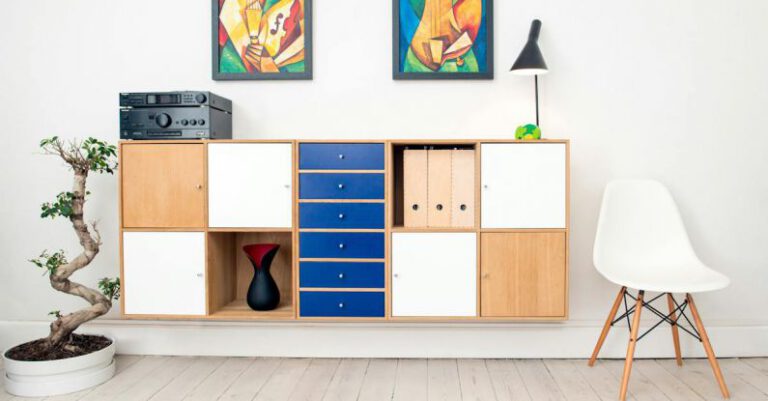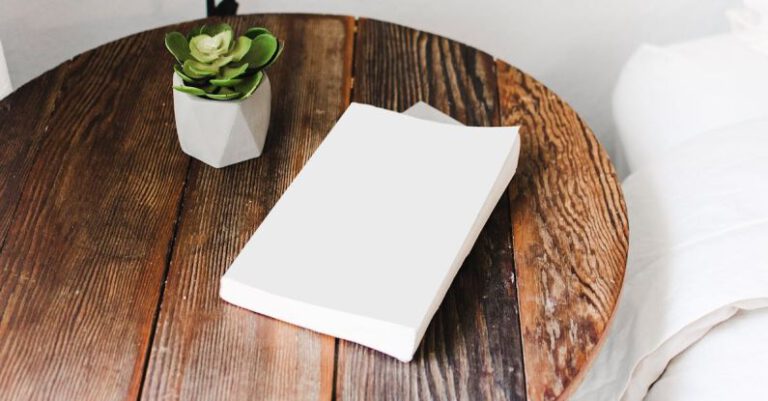How to Achieve a Distressed Look for Wood Furniture?
Adding a Distressed Look to Wood Furniture
When it comes to interior design, distressed wood furniture has become increasingly popular for its rustic and unique charm. Achieving a distressed look on wood furniture can give your space a sense of character and warmth that is hard to replicate with new, pristine pieces. Whether you are looking to revamp an old piece of furniture or create a distressed look from scratch, there are various techniques you can try to achieve the desired effect. In this article, we will explore different methods and tips on how to achieve a distressed look for wood furniture.
Choosing the Right Piece of Furniture
Before diving into the distressing process, it is essential to select the right piece of furniture. While almost any wooden furniture can be distressed, certain pieces lend themselves better to this style. Vintage or antique furniture with natural wear and tear can be ideal candidates for distressing, as the existing imperfections can add to the overall charm of the distressed look. However, if you are starting with a new piece of furniture, consider opting for solid wood pieces rather than veneer for better results.
Sanding for a Worn Look
One of the most common techniques used to distress wood furniture is sanding. Start by sanding the entire surface of the furniture to remove any existing finish or paint. Focus on areas that would naturally wear over time, such as edges, corners, and high-traffic areas. For a more natural and random look, vary the pressure and direction of your sanding strokes. Once you are satisfied with the level of distressing, wipe down the furniture with a damp cloth to remove any dust before moving on to the next step.
Creating Dents and Dings
To add character to your distressed wood furniture, consider creating dents and dings to mimic the effects of daily use and wear. You can achieve this by using tools such as a hammer, chain, or screwdriver to lightly tap the surface of the wood. Concentrate on areas where furniture would naturally get bumped or scratched, such as corners and edges. Experiment with different tools and techniques to create a variety of imperfections that will contribute to the overall distressed look.
Staining and Painting Techniques
Staining and painting are excellent ways to enhance the distressed look of wood furniture. After distressing the wood, consider applying a coat of stain to deepen the color and highlight the imperfections. Opt for a darker stain to create an aged appearance or a lighter stain for a more subtle distressed look. Alternatively, you can use paint to add layers of color and texture to the furniture. Apply a base coat of paint, distress the surface with sandpaper once dry, and then add additional coats of paint for a layered effect.
Finishing Touches with Wax or Sealant
To protect the distressed finish and add a subtle sheen to your wood furniture, consider applying a wax or sealant. Waxes can enhance the natural beauty of the wood while providing a protective layer against daily wear and tear. Sealants, on the other hand, offer a more durable finish that is resistant to scratches and moisture. Choose a wax or sealant that complements the overall look you are trying to achieve and apply it according to the manufacturer’s instructions for best results.
Embracing Imperfections
Distressing wood furniture is an art form that allows you to embrace imperfections and celebrate the beauty of aged materials. By experimenting with different techniques and finishes, you can create a unique and personalized piece of furniture that adds character and warmth to your space. Whether you are a seasoned DIY enthusiast or a first-time furniture distresser, don’t be afraid to get creative and let the natural beauty of the wood shine through in your distressed creations.






